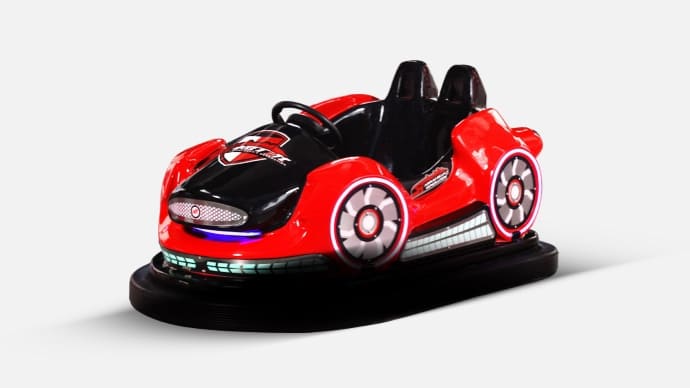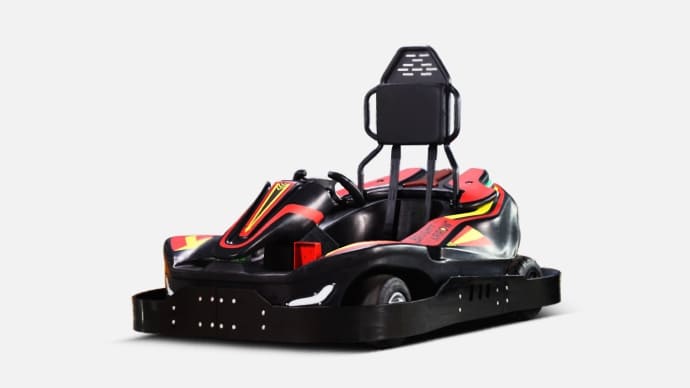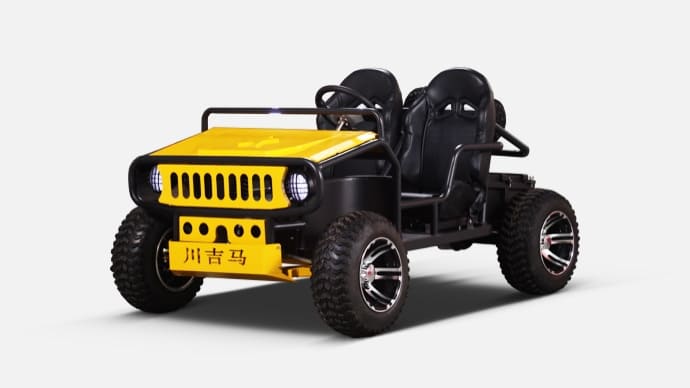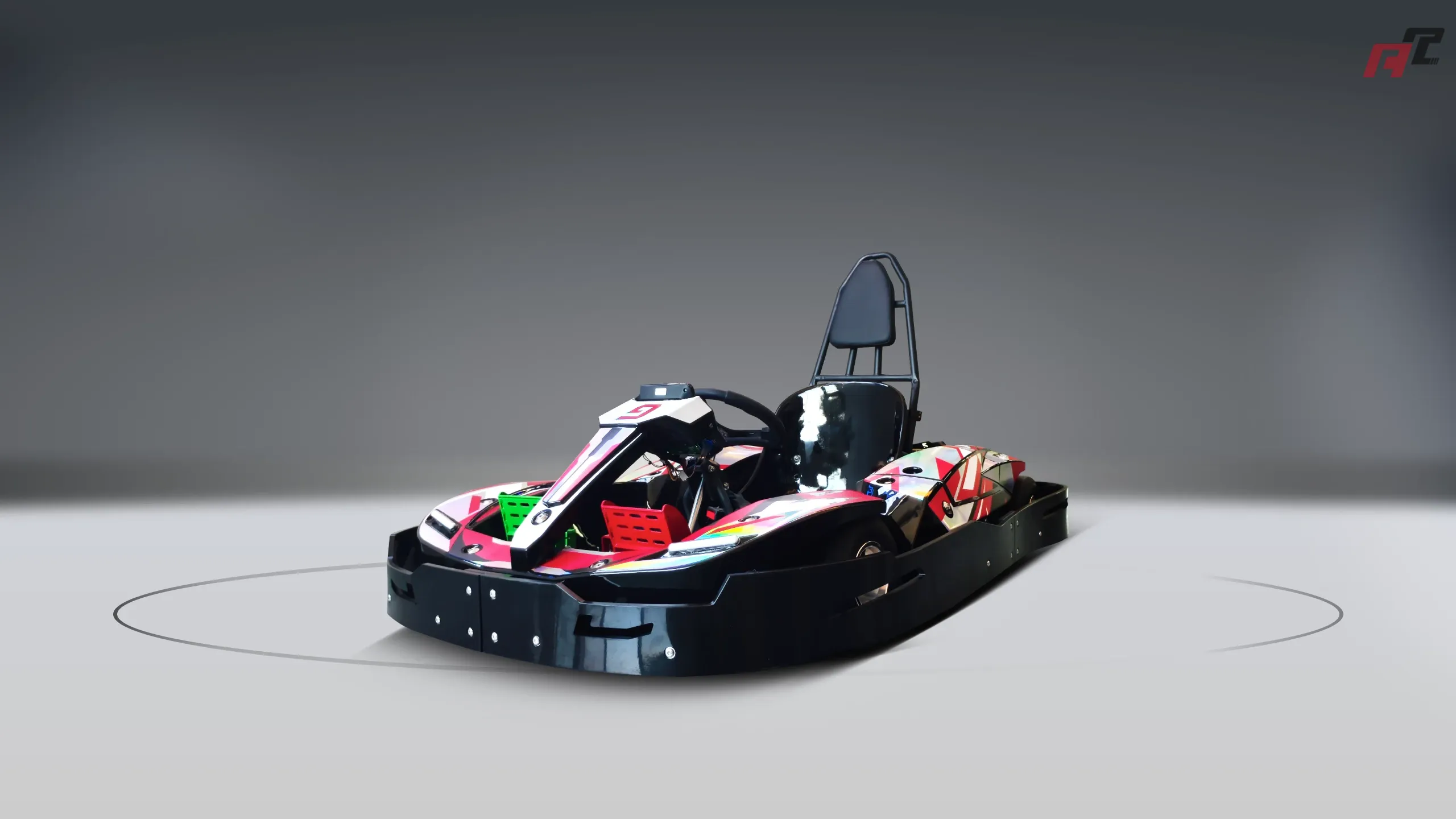how to ride bumper cars | ANCHI Expert Guide
Discover answers to the top 5 questions about riding bumper cars, including safety tips and driving techniques. This blog also provides professional insights for go kart industry users on procurement, covering cost considerations, supplier selection, and track design with real data from recent industry sources. Learn how to make informed decisions for your business.
How to Ride Bumper Cars: Addressing Top User Concerns
Riding bumper cars is a thrilling experience enjoyed by people of all ages at amusement parks and family entertainment centers. Based on online search trends and user inquiries, we've identified the top 5 questions or concerns users have about riding bumper cars. Alongside this, we provide professional procurement knowledge for go kart industry operators looking to purchase equipment or build tracks. Let's dive in!
1. Are There Age or Height Restrictions for Riding Bumper Cars?
Most amusement parks and venues impose age and height restrictions for bumper car rides to ensure safety. Typically, riders must be at least 5-7 years old or around 42-48 inches tall to ride alone. Younger children may be allowed to ride as passengers with an adult. Always check the specific venue's rules before queuing up, as policies can vary.
2. Is It Safe to Ride Bumper Cars?
Bumper cars are designed with safety in mind, featuring padded seats, seat belts, and rubber bumpers to absorb impact. However, minor collisions are part of the fun, so follow the operator's instructions, keep your hands and feet inside the car, and wear your seat belt. Pregnant individuals or those with heart conditions are often advised to avoid this ride due to the jolting nature of the activity.
3. How Do You Control a Bumper Car?
Controlling a bumper car is simple and intuitive. Most cars have a steering wheel and a foot pedal for acceleration. Press the pedal to move forward, and turn the wheel to navigate. Some models may not have a reverse function, so plan your moves accordingly. Always avoid aggressive driving to prevent injury to yourself or others.
4. Can Two People Ride in One Bumper Car?
Many bumper cars are designed as single-seaters, but some larger models allow two people, typically an adult and a child. Check with the ride operator to confirm the policy at your location. Overloading a car can affect its balance and safety, so adhering to the rules is crucial.
5. What Should You Wear When Riding Bumper Cars?
Wear comfortable, secure clothing and closed-toe shoes when riding bumper cars. Loose items like scarves or dangling jewelry should be removed or secured to avoid entanglement. Some venues may provide additional safety gear, but generally, following basic dress code guidelines ensures a safe and enjoyable experience.
Professional Procurement Knowledge for Go Kart Industry Users
For business owners or operators in the go kart industry, procurement decisions are critical to ensuring profitability and customer satisfaction. Below, we share insights based on real industry data and trends sourced from online resources to guide your purchasing decisions for go karts, tracks, and related equipment.
Understanding Costs: How Much Does It Cost to Build a Go Kart Track?
According to industry information from sources like Small Business Chron, building a go kart track of approximately 1,000 linear feet and purchasing about 18 karts can cost around $302,995 (as of 2019 data). Costs vary based on location, track complexity, and whether you opt for electric or gasoline karts. Electric karts may have a higher upfront cost but lower maintenance expenses over time. Always request detailed quotes from multiple suppliers to compare pricing.
Choosing Between Electric and Gasoline Go Karts
As noted by J&J Amusements, a prominent manufacturer, both electric and gasoline go karts offer durability, but they cater to different needs. Electric karts are quieter, eco-friendly, and ideal for indoor tracks, while gasoline karts provide a more powerful, authentic racing experience suited for outdoor venues. Consider your target audience and venue type when deciding. For instance, family-oriented centers might prioritize electric karts for safety and noise reduction.
Selecting Reliable Suppliers for Go Karts and Equipment
Partnering with reputable suppliers is crucial. Companies like J&J Amusements emphasize quality and safety in their products, offering a range of go karts and bumper boats. When procuring, look for suppliers with strong customer reviews, warranties, and after-sales support. Additionally, check if they comply with safety standards such as ASTM (American Society for Testing and Materials) for amusement rides.
Track Design and Safety Considerations
Track design impacts both user experience and operational costs. Collaborate with experienced track builders like 360 Karting, who specialize in creating safe and engaging layouts. Ensure your track includes safety barriers, clear signage, and emergency access points. Regular maintenance checks are essential to prevent accidents and prolong equipment lifespan.
Marketing and Business Growth Post-Procurement
Once procurement is complete, focus on marketing to attract customers. Industry insights from Desygner suggest innovative marketing strategies like social media promotions and loyalty programs to drive foot traffic to your go kart business. Offering package deals with bumper cars or other attractions can also enhance revenue streams.
By addressing both the fun of riding bumper cars and the serious business of go kart procurement, we hope this guide serves as a comprehensive resource for enthusiasts and industry professionals alike. Whether you're hitting the bumper car arena or building a go kart empire, knowledge and preparation are key to success.














